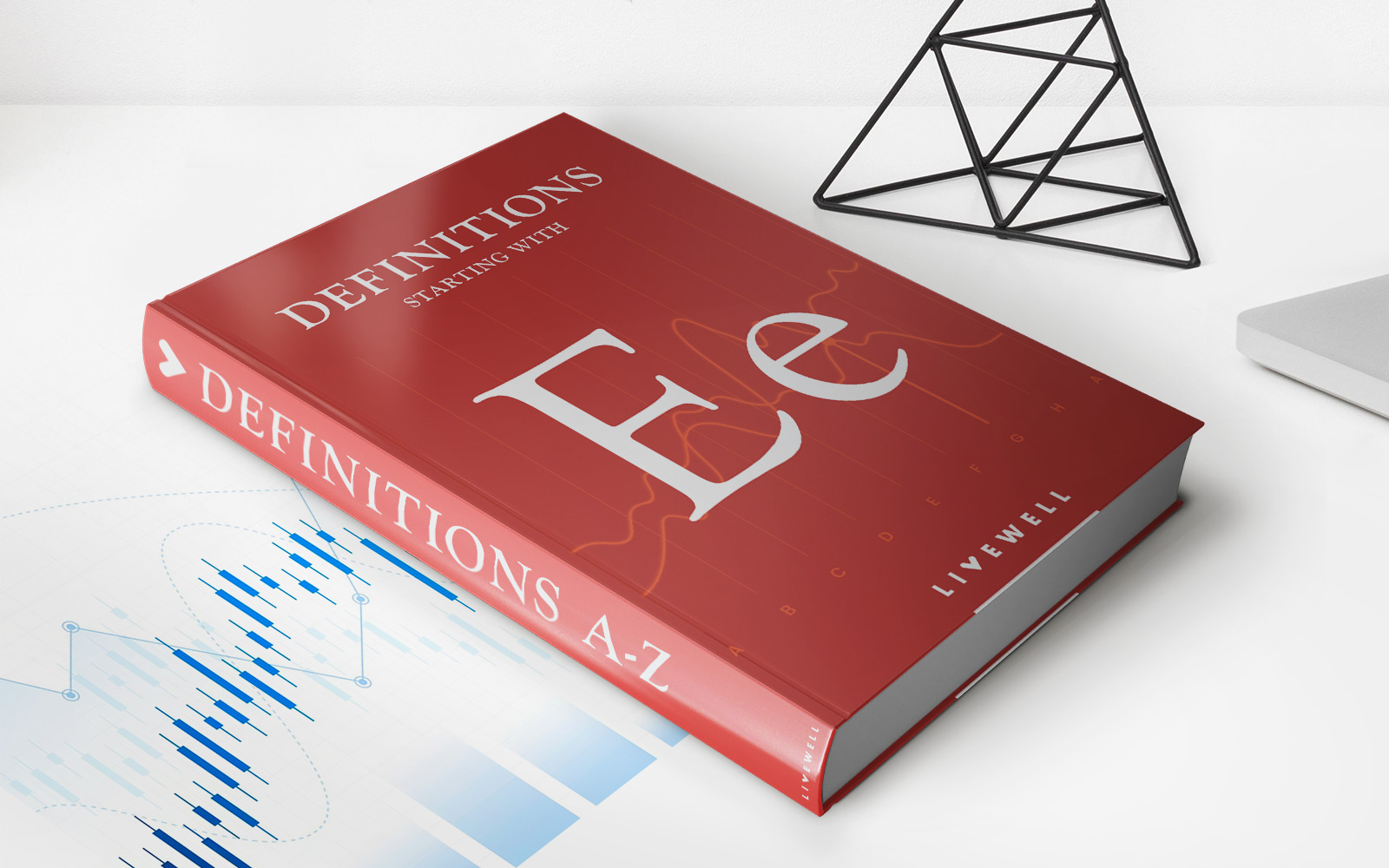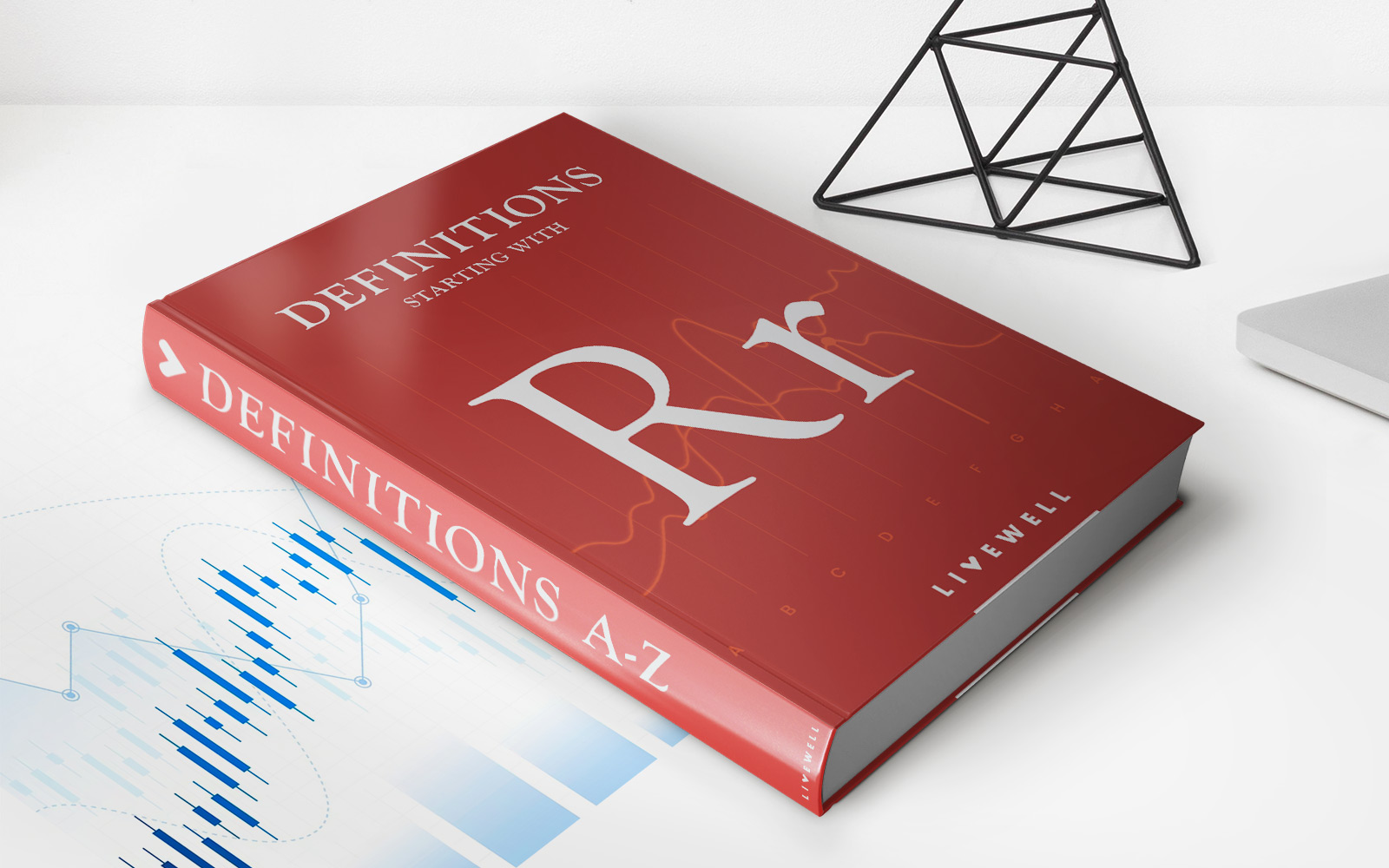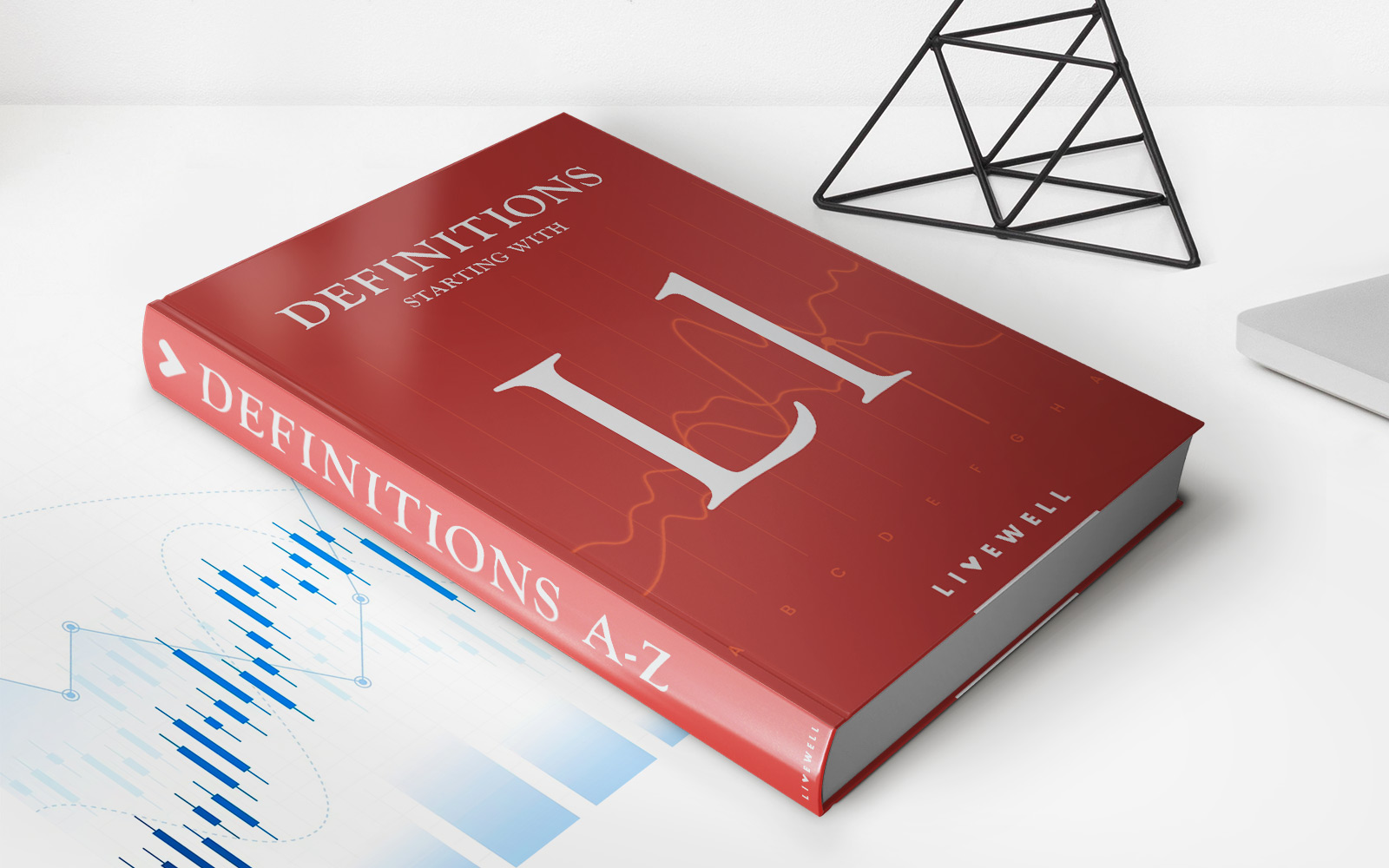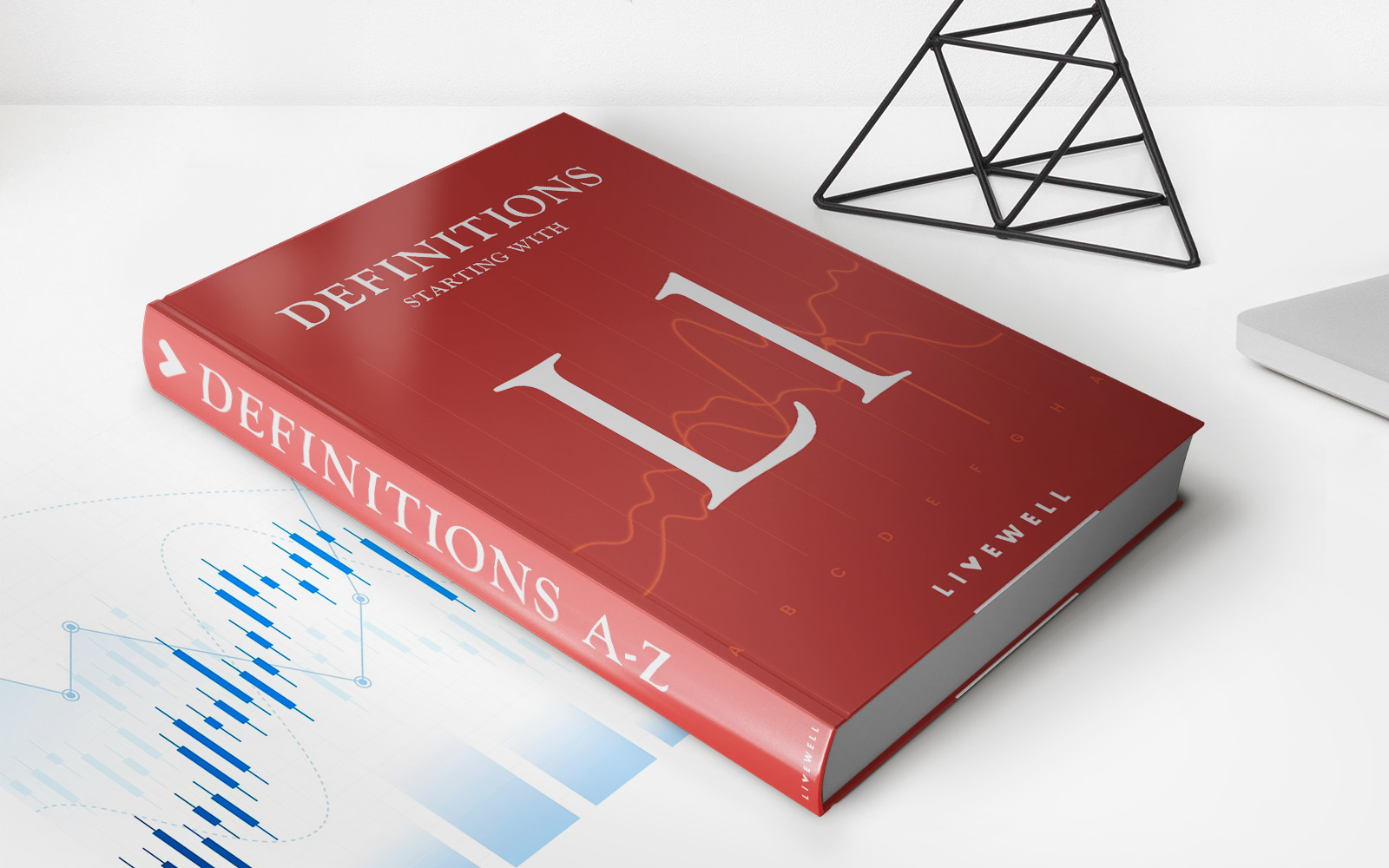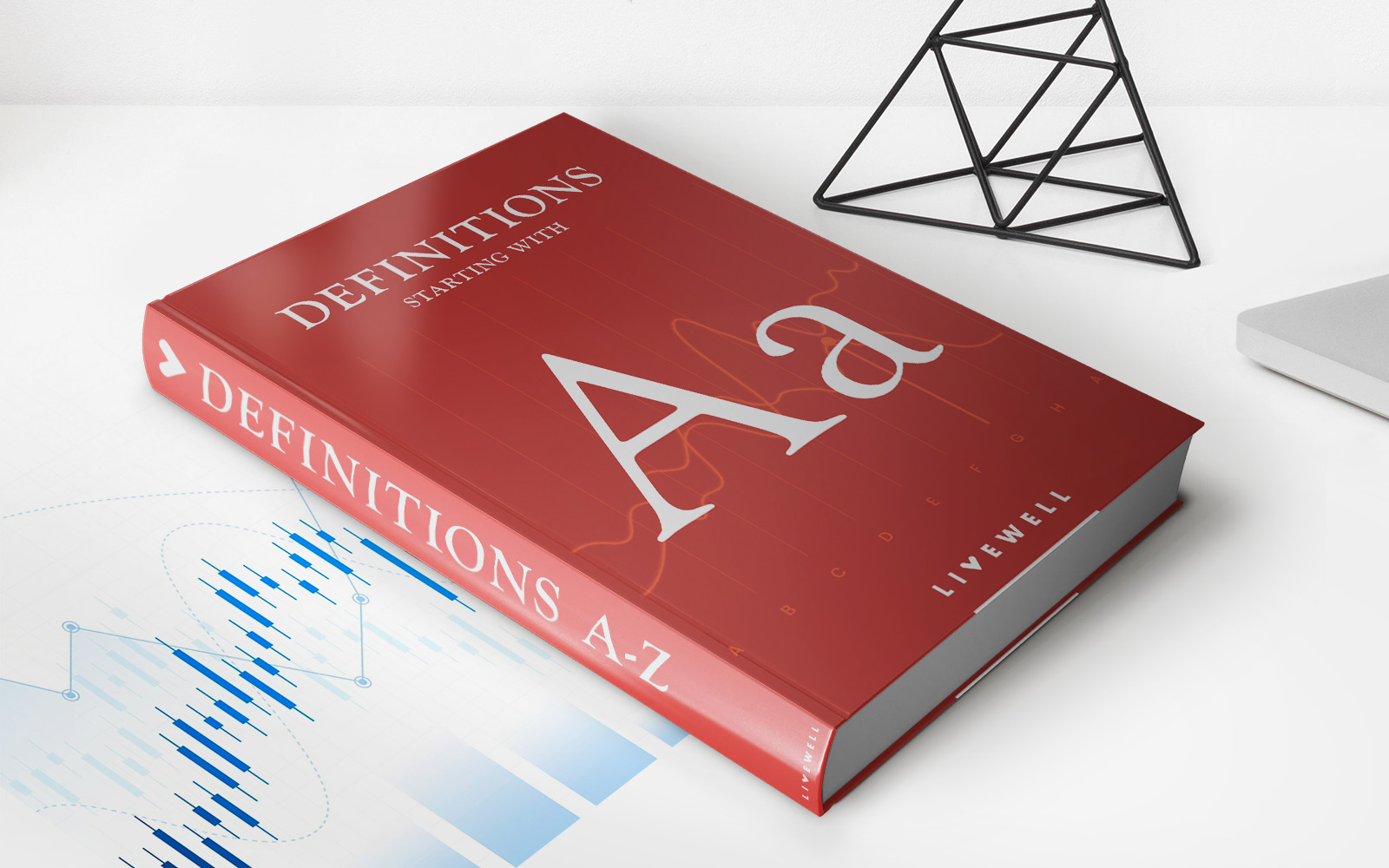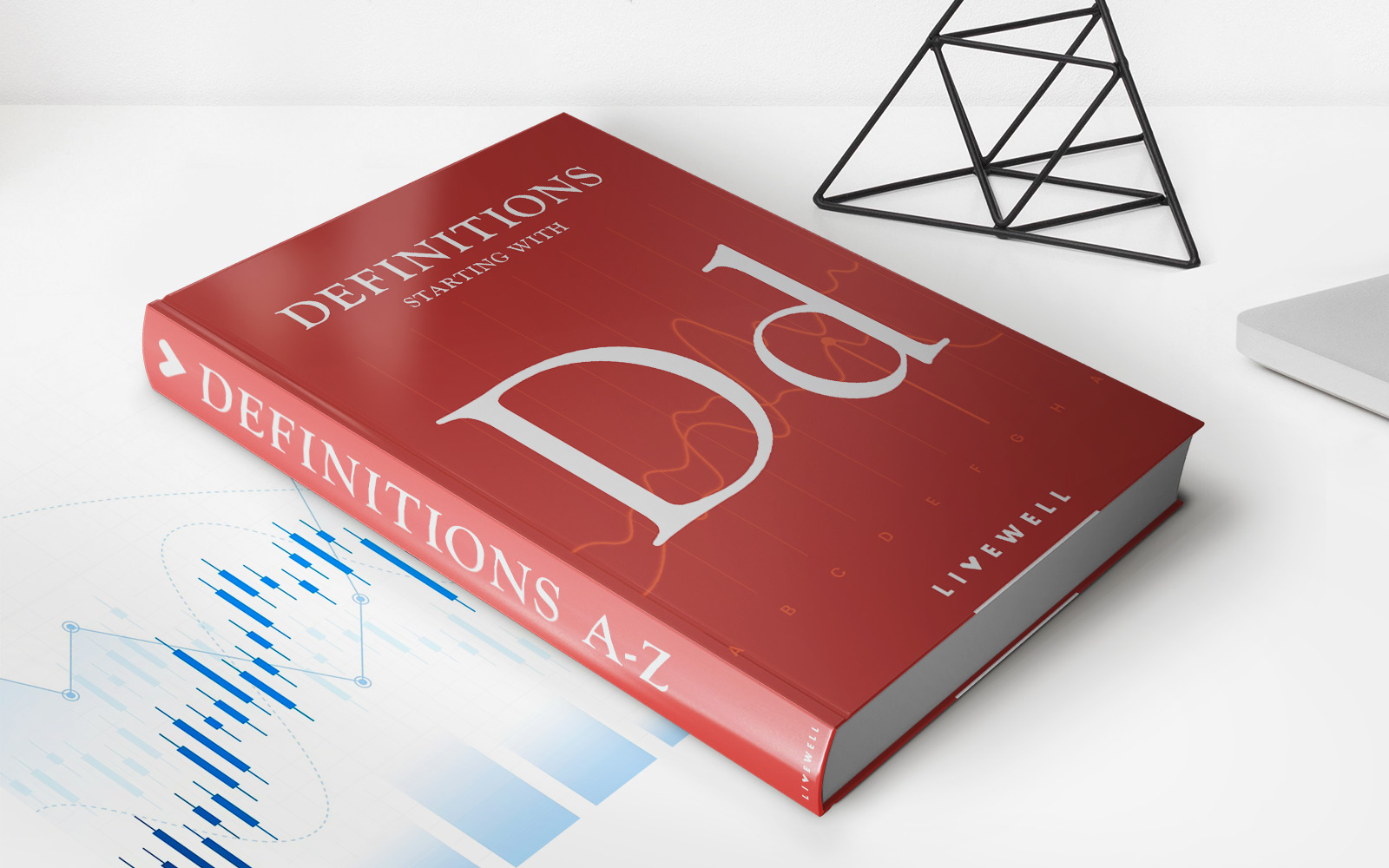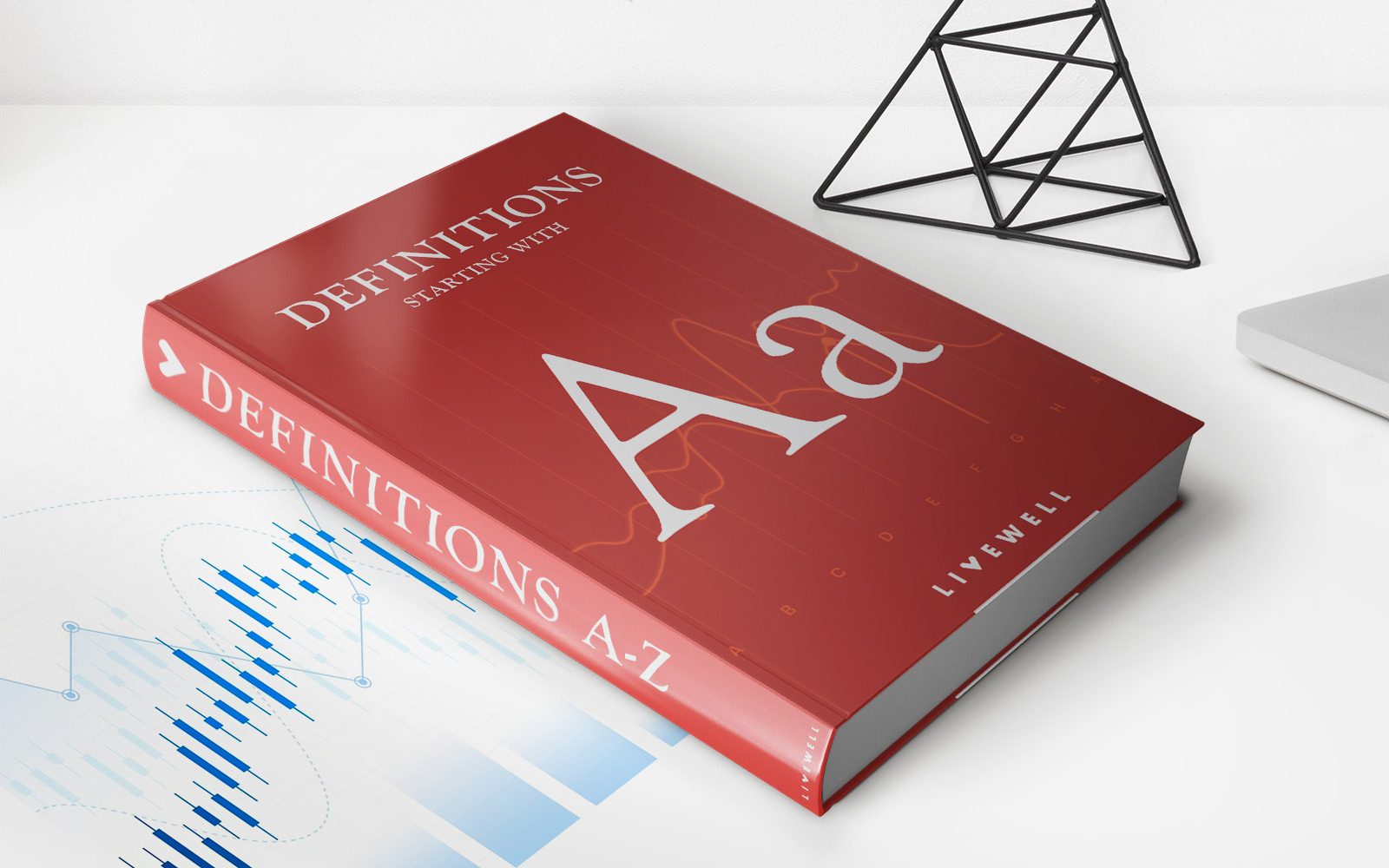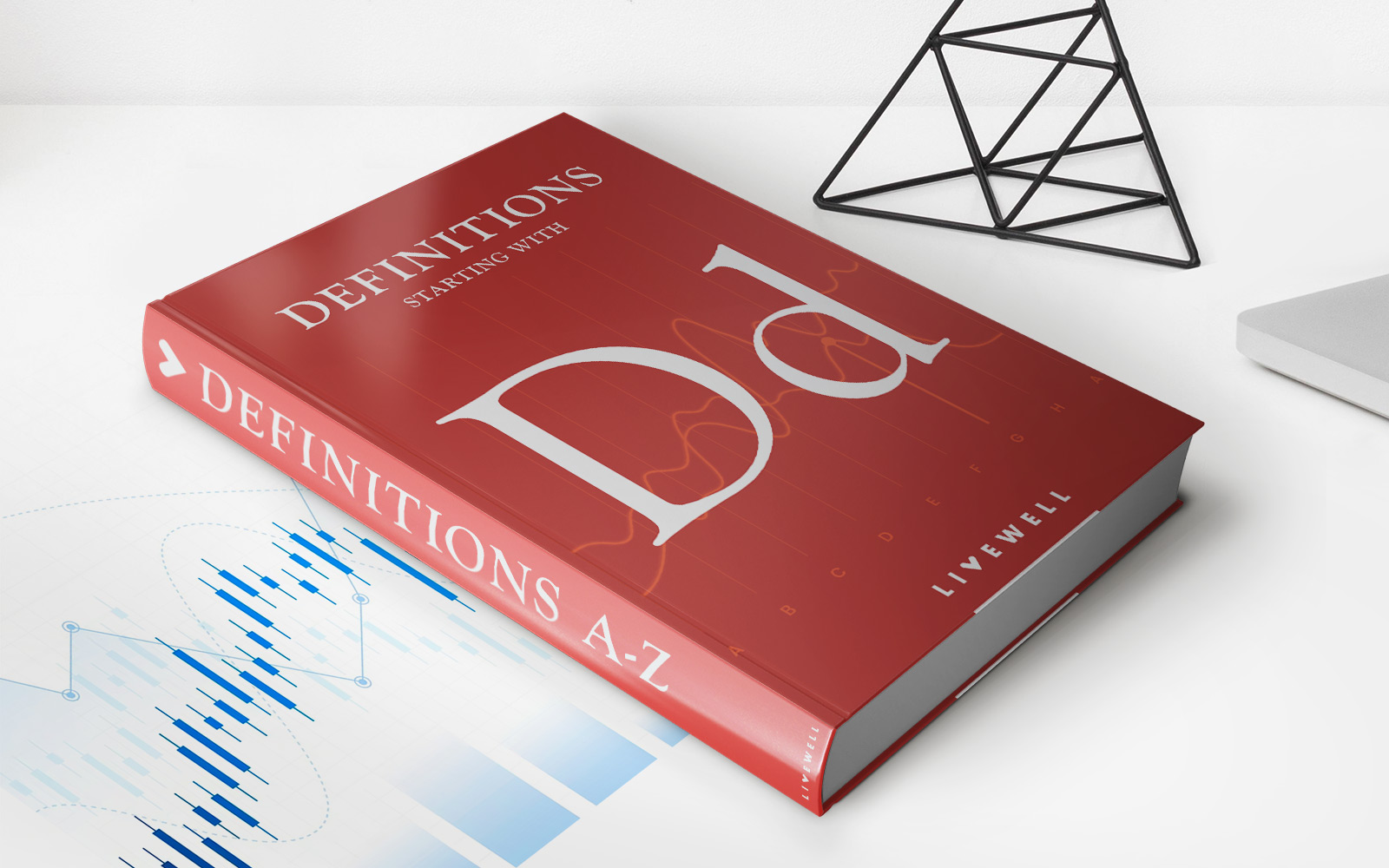

Finance
Doubtful Loan Definition
Published: November 14, 2023
Learn the meaning of doubtful loans in finance and how they can impact financial institutions. #finance #doubtfulloan #loandefinition
(Many of the links in this article redirect to a specific reviewed product. Your purchase of these products through affiliate links helps to generate commission for LiveWell, at no extra cost. Learn more)
Understanding the Doubtful Loan: A Comprehensive Definition
When it comes to navigating the complex world of finance, it’s crucial to have a solid understanding of various terms and concepts. Today, we are going to dive into the intriguing concept of a doubtful loan, providing you with a comprehensive definition that will help demystify this financial jargon. Whether you’re a seasoned investor or a newbie in the finance world, this blog post will serve as your ultimate guide to understanding what a doubtful loan is and its implications.
Key Takeaways:
- A doubtful loan is a loan where the borrower is likely to have difficulty repaying the borrowed amount based on their financial situation.
- Financial institutions categorize loans as doubtful to reflect the higher likelihood of loan default.
So, what exactly is a doubtful loan?
A doubtful loan, also known as a non-performing loan, is a type of loan where the borrower may face challenges in repaying the borrowed amount due to their financial situation. In simpler terms, it’s a loan that has a higher likelihood of default. Financial institutions categorize loans as doubtful when they believe that there is an uncertain future cash flow or a significant risk of potential default.
In the realm of banking and finance, it’s essential for lenders to assess the creditworthiness of potential borrowers before providing them with loans. Despite thorough evaluations, there are instances where borrowers encounter unexpected financial hardships that make it difficult for them to fulfill their repayment obligations. These situations could be prompted by various factors such as economic downturns, job loss, or unforeseen emergencies.
When a borrower encounters significant financial difficulties, their loan may be classified as a doubtful loan. This classification acts as a red flag for lenders, signaling that the borrower’s ability to repay the loan is at high risk. These doubtful loans can pose challenges to financial institutions, as they affect the overall health of their loan portfolio and potentially impact their profitability.
Implications of a doubtful loan:
While the classification of a loan as doubtful may seem daunting, it’s important to understand its implications for both the borrower and the lender. Here are some key points to consider:
- Increased scrutiny: When a loan is classified as doubtful, lenders typically implement heightened monitoring and scrutiny to assess the borrower’s progress in meeting their repayment obligations. This could involve more frequent communication, additional documentation requests, or the formulation of revised repayment plans.
- Legal actions: If a borrower fails to fulfill their repayment obligations despite the lender’s best efforts, legal actions such as foreclosure or debt recovery may be pursued. These actions serve to protect the lender’s interests and seek the recovery of the outstanding loan amount.
- Impact on credit score: For borrowers, the classification of a loan as doubtful can have a negative impact on their credit score. A lower credit score makes it challenging for individuals to access future loans or credit facilities.
- Provisions for losses: Financial institutions are required to set aside provisions to cover potential losses resulting from doubtful loans. These provisions help protect the lender’s financial stability and ensure they can absorb any potential defaults or write-offs.
Conclusion
By now, you should have a clear understanding of what a doubtful loan is and its implications. Remember that a questionable loan is one that poses a higher risk of default due to the borrower’s financial situation. Whether you’re a borrower or a lender, this knowledge can equip you with insights to navigate the financial landscape more confidently. Stay informed, plan responsibly, and mitigate potential risks as you venture forth in the intriguing world of finance.




